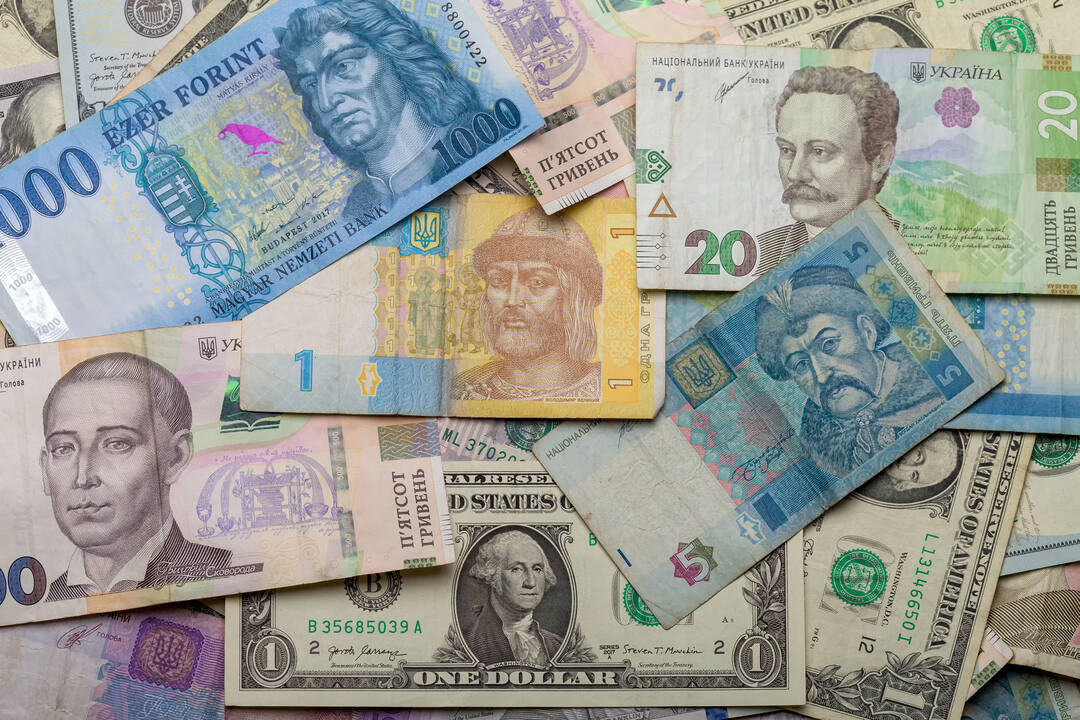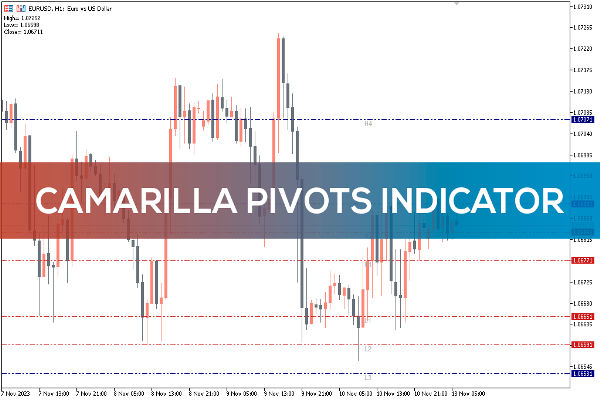A strong currency is one whose value compared to other currencies is increasing, as indicated by a lower exchange rate. Currency strength is influenced by various factors, including economic stability, inflation rates, and monetary policies. A stable economy with low inflation, strong exports, and sound governance tends to support a strong currency. Additionally, high interest rates and significant oil and gas exports can further bolster a currency's strength in the global market.
What is Currency Strength?

Currency strength refers to the value of a currency in comparison to other currencies in the foreign exchange market. A strong currency has a high exchange rate, indicating that it can purchase more units of another currency. This strength is a reflection of a country's economic health and stability. Factors such as economic indicators, global economic trends, and political stability play a significant role in determining a currency's strength. For instance, a nation with robust economic growth, low inflation, and stable governance is likely to have a strong currency. In the forex market, a strong currency is often sought after by investors and traders, as it signifies economic stability and potential for higher returns.
Top 10 Strongest Currencies in the World

1. Kuwaiti Dinar (KWD)
The Kuwaiti Dinar holds the title of the strongest currency globally, backed by Kuwait's vast oil reserves and affluent economy. The country's efforts to diversify its economy contribute to the Dinar's resilience. One Kuwaiti Dinar is valued at approximately $3.50.
2. Bahraini Dinar (BHD)
The Bahraini Dinar ranks as the second most valuable currency due to Bahrain's strong oil and gas exports and its status as a financial hub. Pegged to the US dollar, the Dinar enjoys stability. One Bahraini Dinar is worth around $2.65.
In contrast, the Euro is the second most traded currency globally, highlighting its significant role in the foreign exchange markets.
3. Omani Rial (OMR)
The Omani Rial maintains its strength due to Oman's oil and gas exports and economic diversification strategies. Oman's government has taken steps to reduce oil dependency, further supporting the currency's stability. One Omani Rial is equivalent to approximately $2.60.
4. Jordanian Dinar (JOD)
The Jordanian Dinar remains strong thanks to the country's central bank policies, oil and gas exports, and a diversified economy, including tourism and banking. One Jordanian Dinar is valued at around $1.41.
5. British Pound (GBP)
Despite uncertainties from Brexit, the British Pound remains one of the strongest currencies worldwide. The UK's financial services sector, political stability, and economic policies contribute to its high value, making it a preferred choice for global investors.
6. Gibraltar Pound (GIP)
Pegged to the British Pound Sterling, the Gibraltar Pound signifies the region's financial stability and strong economy. Since its introduction in 1934, the currency has remained equal in value to GBP.
7. Cayman Islands Dollar (KYD)
The Cayman Islands Dollar is strong due to the region's status as a major offshore financial hub. The economy benefits from a zero-tax policy and thriving tourism industry, ensuring the currency's stability. One Cayman Islands Dollar is worth about $1.20.
8. Swiss Franc (CHF)
The Swiss Franc is recognised for its stability, backed by Switzerland's strong economy, low unemployment, and robust banking sector. Switzerland's political neutrality and sound monetary policies make the Franc is a safe haven currency in the world.
The Swiss Franc, along with other stable currencies like the British Pound, is recognised for its resilience and reliability in the global market.
9. Euro (EUR)
The Euro remains one of the world's most significant reserve currencies, influenced by the Eurozone's economic policies, industrial strength, and GDP. One Euro is valued at approximately $1.08.
While the Euro is one of the stronger currencies, it is often compared to others like the New Zealand Dollar in terms of trading volume and market performance.
10. US Dollar (USD)
The US Dollar is the most traded currency and a primary global reserve currency. The strength of the USD is supported by the economic dominance of the United States, which has the world's largest GDP. Its widespread use in global trade and finance ensures its continued stability. The US Dollar's status as the world's primary reserve currency underscores its unparalleled role in international trade and finance.
The Role of Currency Strength in Global Markets
How Currencies are Traded in Forex Markets
Currencies are traded in the foreign exchange markets, where buyers and sellers engage in currency exchange around the clock. The forex market plays a crucial role in determining currency values based on demand and supply dynamics.
Impact on International Trade
A strong currency makes imports cheaper but can make exports more expensive, affecting international trade balances. Conversely, a weaker currency benefits exporters by making their goods more affordable in foreign markets.
Economic Trends and Currency Value

Influence of Oil Prices
Oil prices significantly impact the strength of currencies, particularly for oil-exporting nations. Rising oil prices often strengthen the currencies of oil-producing countries, while falling prices may weaken them.
Oil-exporting nations like Kuwait, Bahrain, and Oman often have strong currencies due to the wealth generated from their oil reserves.
Role of Currency Reserves
Central banks hold foreign currency reserves to stabilise their own currency during economic uncertainty. A country with substantial reserves can influence its currency value, making reserves a crucial factor in maintaining economic stability.
Factors Affecting Currency Strength
Currency strength is influenced by a multitude of factors, each contributing to the overall value of a currency in the global market.
Economic Indicators
Economic indicators such as GDP growth, inflation rates, and interest rates are pivotal in determining currency strength. A country experiencing strong GDP growth is likely to see an increase in its currency's value, as it indicates a thriving economy. Low inflation rates are also beneficial, as they preserve the purchasing power of the currency. High interest rates, on the other hand, attract foreign investment, as investors seek higher returns, thereby increasing demand for the currency. Collectively, these indicators paint a picture of economic health, contributing to a strong currency.
Global Economic Trends
Global economic trends, including changes in trade policies and commodity prices, also impact currency strength. For example, a country that relies heavily on exports may see its currency strengthen if global demand for its products rises. Conversely, if commodity prices fall, countries that export those commodities may experience a weakening of their currency. Additionally, shifts in global trade policies, such as tariffs and trade agreements, can either bolster or undermine a currency's strength. Staying attuned to these global trends is crucial for understanding the dynamics of currency strength.
Practical Tips for Forex Traders

Understanding Currency Pairs
Forex trading involves currency pairs, where one currency is exchanged for another. Understanding major, minor, and exotic currency pairs is essential for traders looking to navigate the forex market effectively.
Trading Strategies and Risk Management
Successful forex trading requires a combination of technical and fundamental analysis. Using stop-loss orders and managing exposure to market fluctuations can help traders mitigate risks and maximise returns.
Managing Multiple Currencies
Importance of Currency Management
For businesses and individuals operating in multiple currencies, effective currency management is crucial. Fluctuations in exchange rates can impact profitability and purchasing power, making strategic currency planning essential.
Tools for Currency Management
Various tools, including currency exchange services and management software, can assist businesses and individuals in handling multiple currencies efficiently.
Conclusion
The world's strongest currencies, including the Kuwaiti Dinar, Bahraini Dinar, Omani Rial, Jordanian Dinar, British Pound, Gibraltar Pound, Cayman Islands Dollar, Swiss Franc, Euro, and US Dollar, play a vital role in global finance. Understanding their strengths and the factors influencing currency values can help individuals, businesses, and traders make informed decisions in the forex market.
Disclaimer: This material is for general information purposes only and is not intended as (and should not be considered to be) financial, investment or other advice on which reliance should be placed. No opinion given in the material constitutes a recommendation by EBC or the author that any particular investment, security, transaction or investment strategy is suitable for any specific person.










